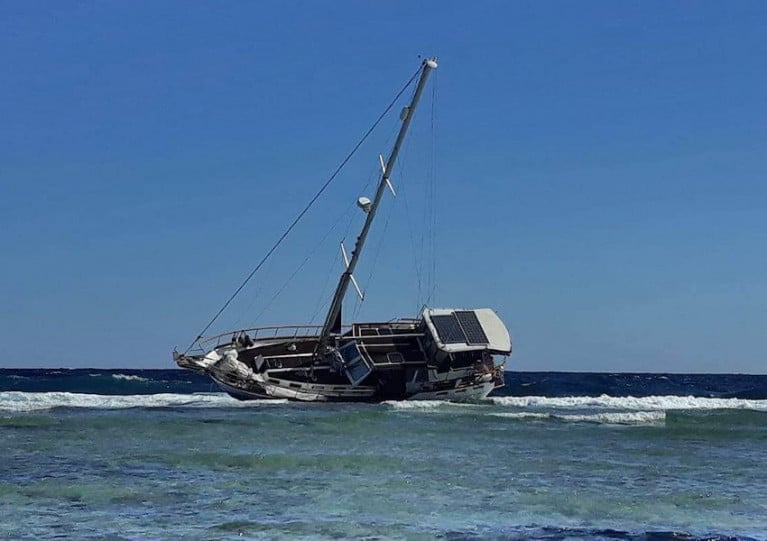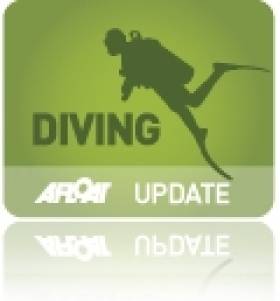Displaying items by tag: Red Sea
Shipping in the Red Sea Sees Irish Exporters Advised to Engage with Freight Carriers
Disruption to shipping in the Red Sea has led to Irish export businesses being advised to engage with their freight carriers and look at their supply chains as the situation in the Middle East region continues.
Due to attacks by Houthi militants, there is growing concerns on its impact on commercial shipping which could affect supply chains for months ahead.
The level of shipping activity comes close to 20% of global trade that transits through the Bab al-Mandab Strait, at its narrowest point is just 18 nautical miles at the southern end of the Red Sea.
The instability in the region is leading to elevated spot freight rates and delays to container lead times.
On the western periphery of Europe, Ireland's location means it is at the end of the supply chain and therefore there is a limited availability of containers which in effect will have an acute impact here.
Commenting on the Red Sea situation, Irish Exporters Association CEO, Simon McKeever, said, "We're beginning to hear from our members that looking out to February and March that spot rates are beginning to be affected."
More RTE News reports on the impact to business.
After the serious attacks on ships, mainly, but not only container ships, in the Red Sea by the Houthi movement, has led to shipping lines in deciding to redirect their ships around the Cape of Good Hope, South Africa.
The move was in order to avoid the shipping operators risks of attacks to both vessel and crew.
With these attacks the rebels are seriously hampering the traffic through the Suez Canal which is a strategic waterway and the fastest shipping route between Asia and Europe. The rerouting adds another 3,000-3,500 nautical miles (6,000km) to this route and can make the voyage Asia- Europe 8 to 15 days longer, depending on the shipping segment.
The European Sea Ports Organisation (ESPO) fully shares the safety concerns of the shipping lines and the need to protect the crews and avoid any risk of attack on vessels. Europe’s ports underline their strong concerns about this escalating situation, which is also causing important disruptions in the supply chain and risks to hamper the just in time deliveries to certain industries in the short run. Ports moreover see container rates going up steeply, and reaching again the extreme high rates that were being applied by shipping lines during COVID.
“The situation in the Red Sea jeopardises the passage through the Suez Canal, which is the main maritime artery connecting Asia and Europe. This crisis is once again creating major supply chain disruptions, and is adding an element of uncertainty to an already very difficult geo-economic and geopolitical environment. The longer routes, and possible re-organisation of calls in Europe will be impacting ports, which have to adapt and be flexible in view of keeping the supply chains going".says Zeno D’Agostino, chair of ESPO.
He added "In the case of the Ever Given, we were faced with an unfortunate accident and the solution depended on technical and operational expertise. Now, we are facing a geopolitical hindrance of a major commercial trading route, which makes it more difficult and unpredictable to solve.”
World’s Largest Container Operator Hopes for Better Times Amid Red Sea Houthi Airstrikes
Global container line, AP Moller-Maersk hopes the presence of naval forces in the Red Sea in addition to political action will allow vessels to resume transiting the Middle East waterway, a major international link between the Indian subcontinent, Asia and Europe.
According to Tradewinds, the Danish-owned Maersk is among several prominent container shipping lines to have suspended its vessels using the Red Sea and the Suez Canal, due to Yemen’s Houthi rebels that have threatened and carried out attacks on merchant ships.
Both the UK and USA have taken military action, having launched more than 60 airstrikes against Houthi targets early on Friday (today, 12 Jan.) in an attempt to try and prevent further attacks in the Red Sea.
In an email to Reuters issued by Maersk they said “We hope that these interventions and a larger naval presence will eventually lead to a lowered threat environment allowing maritime commerce to transit through the Red Sea and once again return to using the Suez Canal as a gateway”
Also today, the multinational Combined Maritime Forces have advised international merchant ships plying the Bab el-Mandeb strait (between Yemen, Arabian Peninsula and Djibouti and Eritrea, Horn of Africa) to stay clear following a bombing campaign in Yemen.
The 70 mile long strait is where the Red Sea meets the Gulf of Aden, which by extension links the Indian Ocean. Notably, the narrow-most point along the strait is just short of 16 nautical miles.
More here on the development in the region.
Scottish Businessman Missing After Yacht Found On Red Sea Reef
The wife of a Scottish businessman has appealed for help in finding his whereabouts after his yacht was discovered empty during a 5,000-mile solo trip.
Colin Finnie (67) was last in contact with his family six days before his 45ft yacht Simba was found on Marsa Alam reef in the Red Sea on Friday 13 December, as International Boat Industry reports.
Finnie had been en route to Port Ghalib in Egypt, 350 miles from where his yacht was found abandoned, after setting out from Australia three months previously.
The wife of the retired engineer and former hotelier reportedly wrote on Facebook of her fears for Finnie, saying he was “in storms and low on fuel”.
IBI has more on the story HERE.
Brady Feels At Home in the Water
Irish musician Paul Brady has confessed to a second love - scuba diving.
The 'Nobody Knows' hitmaker explained to The Irish Times how he had "always felt at home in the water" since a young age, and did his first diving course in 1988.
But frustrated by diving's weather dependancy here, he started going abroad - beginning in the Red Sea in the late 1980s before taking in the world's top diving spots, from Hawaii to the Cayman Islands and Australia.
Brady says he prefers to dive in private groups "off the beaten track" as commercial operators don't often visit the best sites - citing the Great Barrier Reef as an example.
As an experienced diver, he's has his fair share of bumpy moments down below, such as getting caught in a down draght in the Red Sea near Ras Mohammad - but says his training made all the difference.
As for why he loves diving? "It's a bit like floating in air," he says.
Read more of the Irish Times' interview with Paul Brady HERE.






























































